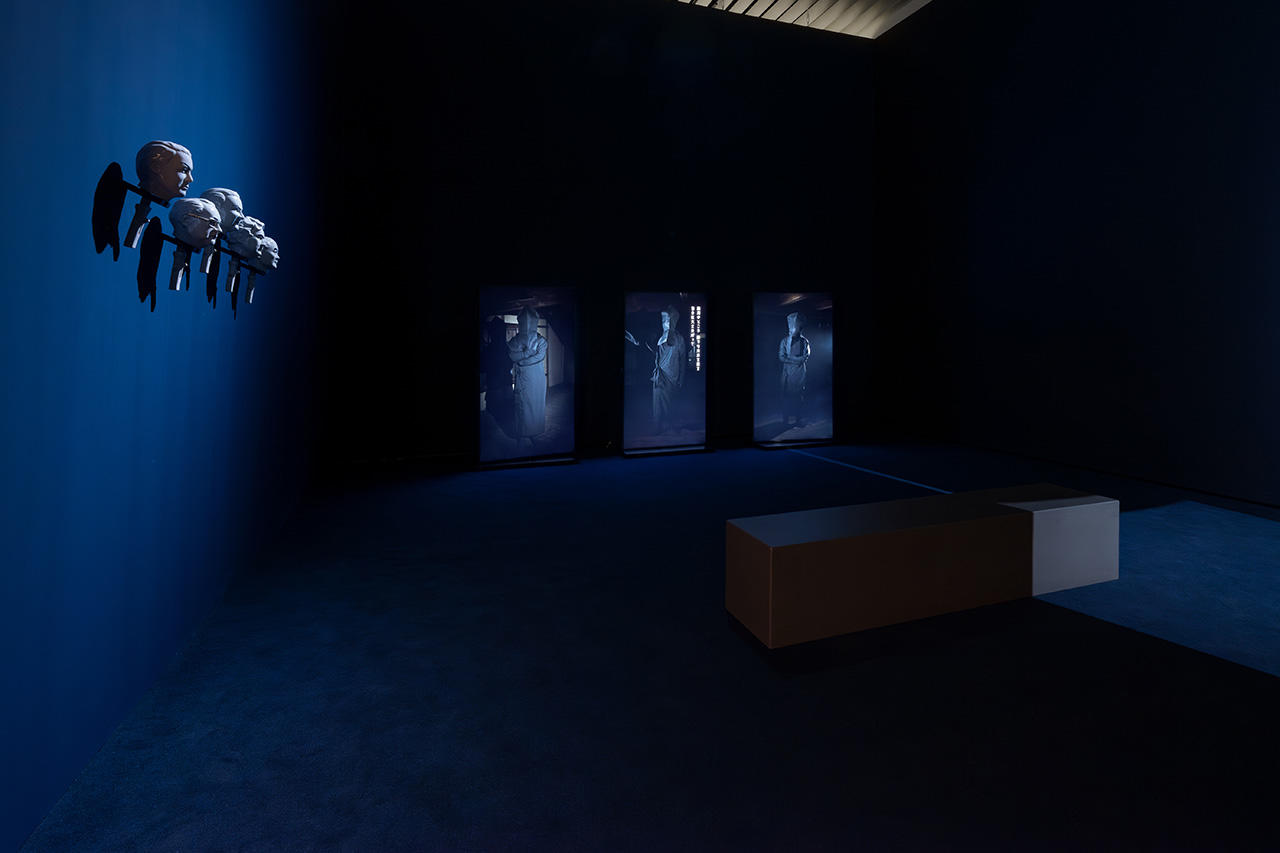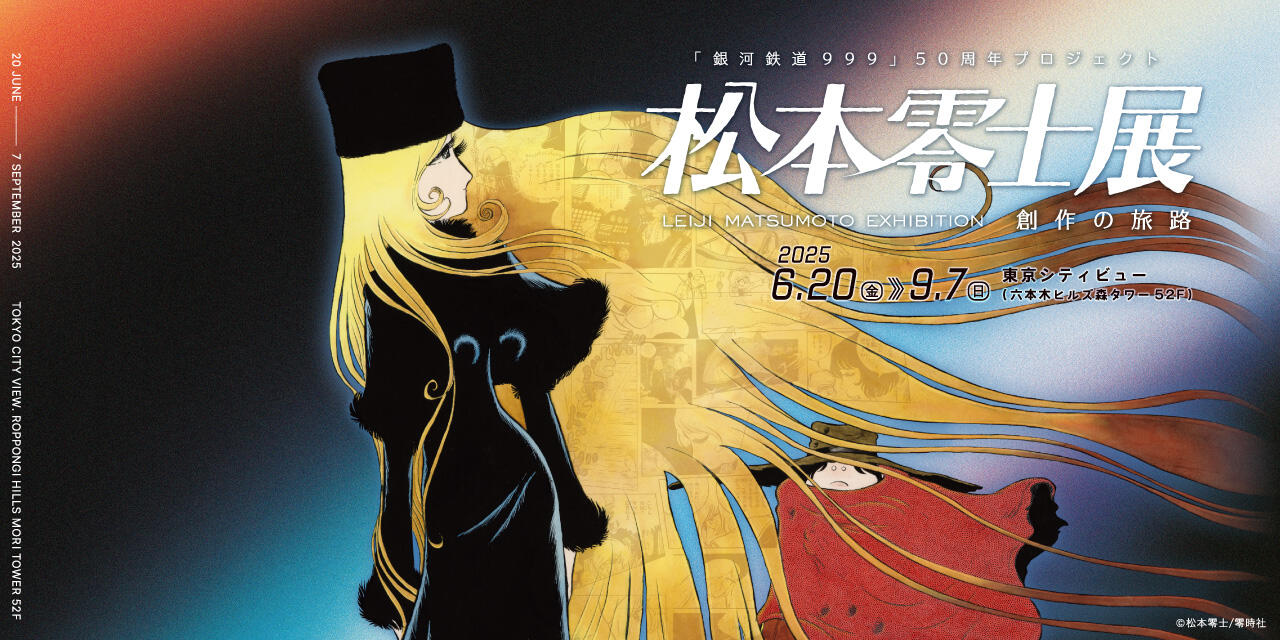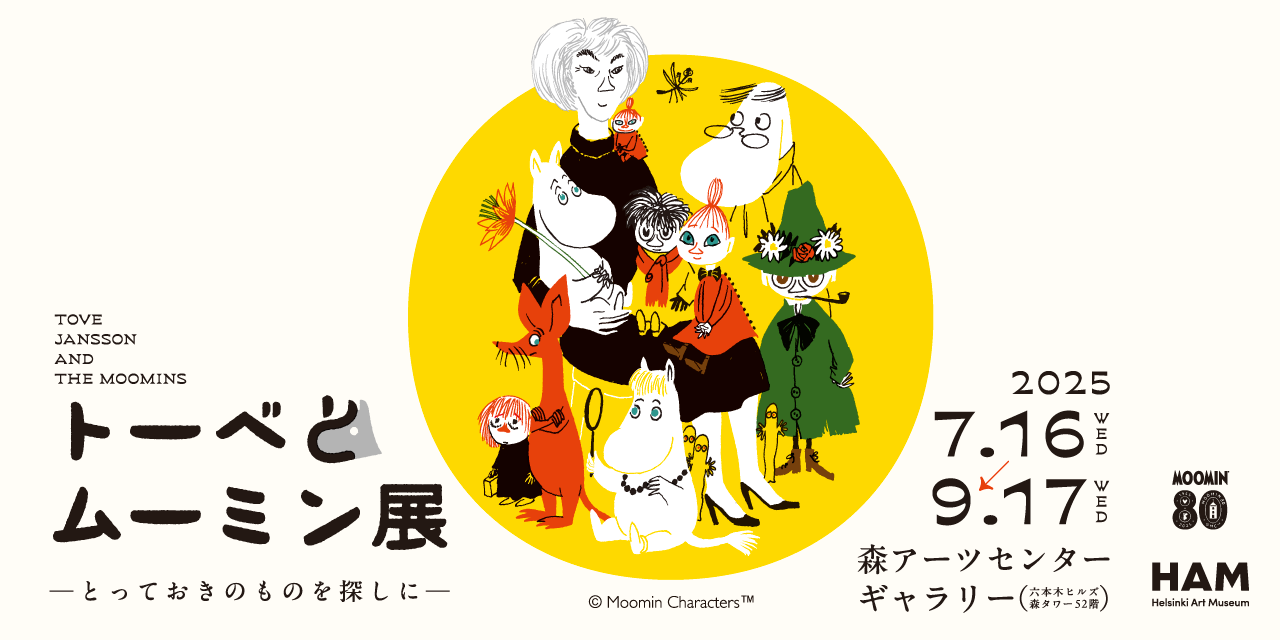Invisible Hands
| Artist | : | Tamura Yuichiro (1977-) |
|---|---|---|
| Nationality | : | Japan |
| Year | : | 2022 |
| Material | : | 3-channel video, sound, inkjet print, ceramic, and shop curtain |
| Size | : | 21 min. 49 sec. |
From 2013 to 2014, Tamura Yuichiro was based at the Institut für Raumexperimente at Berlin University of the Arts. In 2017, he completed a doctorate at the Tokyo University of the Arts Graduate School of Film and New Media. In his practice, he uses different mediums like photography, video, and installation to shape narratives that blend fact and fiction, inspired by a wide range of sources from the histories of particular places to television and American mass culture. His works sometimes unfold as sequences of images or through associations between words. His recent major exhibitions include a solo show at Govett-Brewster Art Gallery (New Plymouth, New Zealand) in 2019 as well as the 2019 Asian Art Biennial (Taichung, Taiwan), Yokohama Triennale 2020 (Kanagawa, Japan), and Aichi Triennale 2022 (Japan).
In Invisible Hands, Tamura focuses on the vicissitudes of the “novelties” ceramic figurines, a specialty of Seto and Tokoname in Aichi Prefecture that became popular overseas after the war. Tamura speculates that the industry’s decline was triggered by the Plaza Accord, which was signed in New York in 1985 by France, West Germany, Japan, the United Kingdom, and the United States. Tamura recreated the faces of the finance ministers from these five nations as ceramic sculptures in the style of Japanese ningyo joruri puppets, and cast the economists Adam Smith, Karl Marx, and John Maynard Keynes in the roles of kurogo stagehands from traditional Japanese theater. Footage of the conversations between these stagehands is shown on three screens. What unfolds is a discussion that transcends time and space about the economic developments that have occurred until the present, with each of the trio of stagehands providing a different perspective, from the optimism of economic liberalism to the idea that capitalism is merely another stage before society arrives at communism.
Though the ceramic novelties rapidly lost their competitiveness as exports due to the appreciation of the yen in the wake of the Plaza Accord, the risk of instantly losing assets is even higher today due to fluctuating exchange rates and stock prices. The work’s title derives from a metaphor used by Smith and references the hands at the end of the work that massage the chest of Keynes, who died of a heart attack, but also hints at the questions Tamura is asking in a highly ironic way: Whose hands control the global economy now? And aren’t our lives manipulated by the hands of those kurogo?
-

Tamura Yuichiro
Invisible Hands
2022
3-channel video, sound, inkjet print, ceramic, and shop curtain
21 min. 49 sec.
Installation view: WORLD CLASSROOM: Contemporary Art through School Subjects, Mori Art Museum, Tokyo, 2023
Photo: Furukawa YuyaTamura Yuichiro
Invisible Hands2022
3-channel video, sound, inkjet print, ceramic, and shop curtain
21 min. 49 sec.
Installation view: WORLD CLASSROOM: Contemporary Art through School Subjects, Mori Art Museum, Tokyo, 2023
Photo: Furukawa Yuya -

Tamura Yuichiro
Invisible Hands (detail)
2022
3-channel video, sound, inkjet print, ceramic, and shop curtain
21 min. 49 sec.
Installation view: WORLD CLASSROOM: Contemporary Art through School Subjects, Mori Art Museum, Tokyo, 2023
Photo: Furukawa YuyaTamura Yuichiro
Invisible Hands (detail)2022
3-channel video, sound, inkjet print, ceramic, and shop curtain
21 min. 49 sec.
Installation view: WORLD CLASSROOM: Contemporary Art through School Subjects, Mori Art Museum, Tokyo, 2023
Photo: Furukawa Yuya -

Tamura Yuichiro
Invisible Hands (detail)
2022
3-channel video, sound, inkjet print, ceramic, and shop curtain
21 min. 49 sec.
Installation view: WORLD CLASSROOM: Contemporary Art through School Subjects, Mori Art Museum, Tokyo, 2023
Photo: Furukawa YuyaTamura Yuichiro
Invisible Hands (detail)2022
3-channel video, sound, inkjet print, ceramic, and shop curtain
21 min. 49 sec.
Installation view: WORLD CLASSROOM: Contemporary Art through School Subjects, Mori Art Museum, Tokyo, 2023
Photo: Furukawa Yuya
Invisible Hands
| Artist | : | Tamura Yuichiro (1977-) |
|---|---|---|
| Nationality | : | Japan |
| Year | : | 2022 |
| Material | : | 3-channel video, sound, inkjet print, ceramic, and shop curtain |
| Size | : | 21 min. 49 sec. |
From 2013 to 2014, Tamura Yuichiro was based at the Institut für Raumexperimente at Berlin University of the Arts. In 2017, he completed a doctorate at the Tokyo University of the Arts Graduate School of Film and New Media. In his practice, he uses different mediums like photography, video, and installation to shape narratives that blend fact and fiction, inspired by a wide range of sources from the histories of particular places to television and American mass culture. His works sometimes unfold as sequences of images or through associations between words. His recent major exhibitions include a solo show at Govett-Brewster Art Gallery (New Plymouth, New Zealand) in 2019 as well as the 2019 Asian Art Biennial (Taichung, Taiwan), Yokohama Triennale 2020 (Kanagawa, Japan), and Aichi Triennale 2022 (Japan).
In Invisible Hands, Tamura focuses on the vicissitudes of the “novelties” ceramic figurines, a specialty of Seto and Tokoname in Aichi Prefecture that became popular overseas after the war. Tamura speculates that the industry’s decline was triggered by the Plaza Accord, which was signed in New York in 1985 by France, West Germany, Japan, the United Kingdom, and the United States. Tamura recreated the faces of the finance ministers from these five nations as ceramic sculptures in the style of Japanese ningyo joruri puppets, and cast the economists Adam Smith, Karl Marx, and John Maynard Keynes in the roles of kurogo stagehands from traditional Japanese theater. Footage of the conversations between these stagehands is shown on three screens. What unfolds is a discussion that transcends time and space about the economic developments that have occurred until the present, with each of the trio of stagehands providing a different perspective, from the optimism of economic liberalism to the idea that capitalism is merely another stage before society arrives at communism.
Though the ceramic novelties rapidly lost their competitiveness as exports due to the appreciation of the yen in the wake of the Plaza Accord, the risk of instantly losing assets is even higher today due to fluctuating exchange rates and stock prices. The work’s title derives from a metaphor used by Smith and references the hands at the end of the work that massage the chest of Keynes, who died of a heart attack, but also hints at the questions Tamura is asking in a highly ironic way: Whose hands control the global economy now? And aren’t our lives manipulated by the hands of those kurogo?




